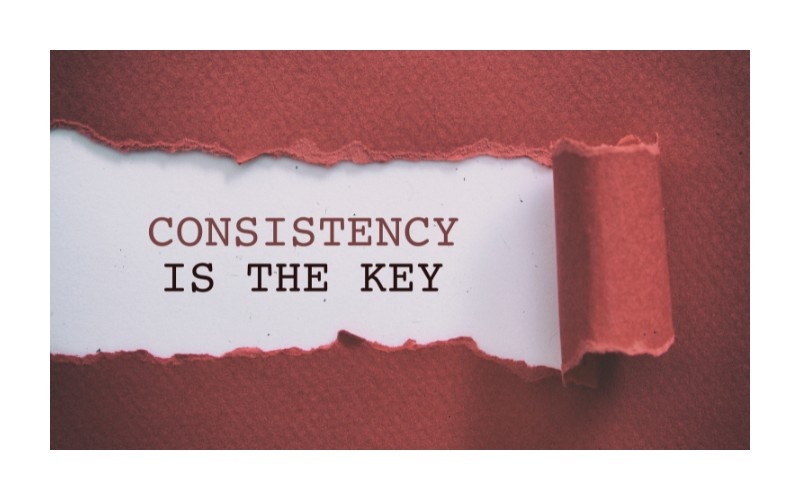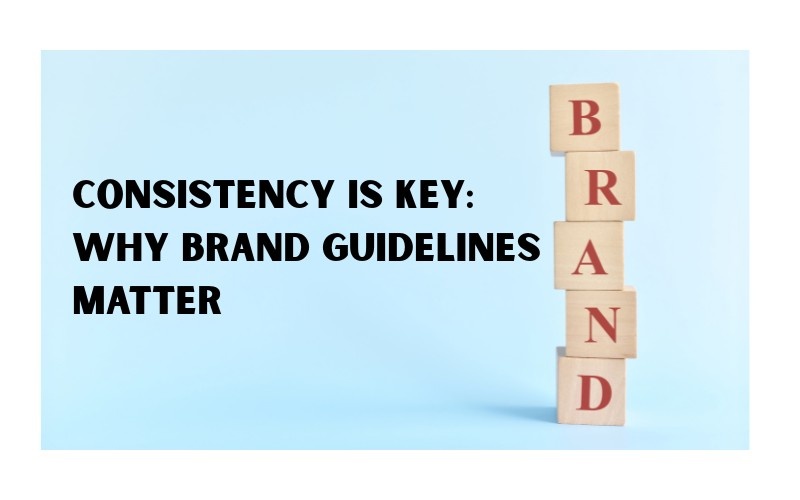Introduction: The Silent Power Behind Strong Brands
Brand awareness has become one of the most influential currencies in the market that is overloaded with options. With rapid scrolling, tight search pages, and the constant stream of information available all the time, a uniform brand will jump out at you, not just visually, but emotionally. It is not a cute logo and trendy color scheme, it is how to make sure that all the exposure people have to your brand feels like one, intentional, ao recognizable through its touch points. This is unity that is motivated by a group of established standards called brand guidelines. These internal regulations dictate the tone of voice/phrasing, as well as the design, layout, and referral to the customers. Brand guidelines are useful as long as they are done well and ensure that a single identity is applied across all touchpoints, be it a product label, a website, an Instagram post, or an email signature.
The Definition and Scope of Brand Guidelines
What are called brand guidelines (they can also be called brand books, brand bibles, or brand style guides) go beyond being design manuals. They are total manuals that describe what a brand is, sounds like, and acts like. This may contain visual elements like logos, color schemes, typography, photography kinds, voice and tone, messaging structures and contents, structure, grammar, dos and don’ts, among others.
However, today’s more evolved brand guidelines can go further. They identify mission statements, core values, customer personas, and even employee behavioral expectations of employees who represent the brand. These values mean that when a customer views an advertisement on YouTube or a blog site or even steps into a physical shop, they expect the same kind of brand identity in tone, appearance, and feel.
Why Consistency Builds Trust
Familiarity breeds trust because consistency breeds familiarity. Repeated exposure of a customer to a brand logically and consistently gives the impression of reliability. Whether it is something one does not actively think about or not, a smooth brand experience calms them. It informs them that the firm is organized, strict, and appreciates transparency.
Coca-Cola is a good example. Its branding has changed by just a few degrees over the decades, with a quintessentially red and white colour palette, flowing script logo font, and cheery tone of voice staying the same. This uniformity has assisted it to not only be known but also have a place in the hearts of people. It has a tale of reliability and heritage, regardless of where in the world the bottle can be purchased.
Conversely, when the brand seems disjointed or disoriented: presented in dissimilar fonts, logos that do not match, and dissimilar messages, then one destroys one’s confidence. The feeling of a different site when compared to the social media accounts of a brand is confusing. The consumers subconsciously keep asking themselves whether it is the same company. When there is such a doubt, it is perilous. It can interfere with the customer journey and drive them to competitors with a smoother, streamlined presence.
Differentiation in a Saturated Market
The brands are vying for the same attention span in each and every industry. Having a solid and concrete visual identity helps consumers to remember and identify a brand during the time of cutthroat competition. Consider the strength of the golden arches of McDonald’s, the streamlined sophistication of the white space by Apple, and the inspirational and straightforwardness of the swoosh of Nike. All of these would not have the same effect were they to be varied regularly or put to use irregularly.
The architecture of such an identity is the brand guidelines. They enable companies to establish a niche in the mind of the consumer. It is through repeated uses of logos, sound, and words that the brands are enforcing their existence in the market. Inconsistency in branding, however, is what dilutes a marketing investment and allows memorability to be difficult to achieve.
Enabling Scalable Growth
When businesses enlarge, that is, within teams, across departments, regions, and agencies, coherence on the brand is complicated as well. With the small startups, where an individual might be responsible for performing all the functions, such as designing a logo, social media updates, etc, there will be inherent consistency. However, when the company grows, dozens (or hundreds) of individuals can be engaged in the field of communication, advertising, design, customer service, and product development.
The brand guidelines will serve as a source of truth. They assist in inducting new hires, inform vendors, tutor the external partners, and harmonize the marketing. They all talk in terms of the same language, visual and verbal. It not only avoids the misalignment but also saves resources and time, as the teams are not forced to reinvent the wheel every time they begin a new project.
Further, when your brand is seen around the world, in various languages, cultures, and markets, a good offering of flexible but stringent standards keeps you in the identity you want. Localization is done in a way that does not compromise the essence of the brand.

Protecting Brand Equity
Brand equity is the calculation of the brand that can extend a product or a service more in addition to the fringe benefits that it is conveying. A significant contributor to the development of brand equity is its perceived consistency in its brand experience. The way products are packaged, the way customers are made to feel welcomed or treated, the tone in ads, and the way social media is responsive to them create a perception about people of the value of a brand.
This equity is preserved with the help of brand guidelines. They eliminate the concept of a long-term “brand drift” because with time, teams or creatives can add off-brand details either unconsciously or not knowing what was supposed to appear in the first place. There is a risk that brands can be watered down to the point where they do not even recognize themselves through strong guardrails, thus affecting them directly from a financial perspective. Any brand that lacks consistency may look unworthy or diluted, thus reducing perceived value as well as making consumers less loyal towards it.
Enhancing Customer Experience
Good customer experience does not just mean the performance of the products or the customer service, but all the points of contact with the brand. Ideally, when all the material content is coherent, it builds more trust and professionalism. The consistency in emails, websites, chatbot responses, and Instagram description makes the customer understand that: “We know what we are and you know what to expect of us”.
On the contrary, a lack of coherence may cause friction. Just imagine that the luxury fashion company has chic, upscale images on its site, yet employs the vernacular in emails, with all the clutter. Such a disconnection tends to mislead or send away clients. Branding cohesion makes sure that some customers are not obliged to become educated again in each interaction with any of the brands.
Allowing Room for Creativity Within Constraints
People might be afraid that brand guidelines will curtail creativity, yet the reasoning is quite the opposite. Instructions give a confirmation on a framework where creativity can thrive. Teams do not need to take any chances to do something that is not on the brand or take any risks. Instead, they know what they can do since it is in line with the brand itself.
Improved collaboration; fragmentation of cross-team work is also easier to achieve through this type of creative alignment. The same rules could be followed by designers and copywriters; they may share the same language of design, and no one will ask unnecessary questions. Template brand safety, tone, and example reference shorten confusion and workflow.
Modern Guidelines for a Multi-Platform World
Brand awareness is as broad as it has ever been today: on YouTube, TikTok, Instagram Reels, even in newsletters and apps, websites, podcast intros, and even in the form of a digital avatar. This means that modern brand guidelines should be resilient enough to be reduced and rebuilt in these channels without compromising continuity.
As a better example, what is the right expression of the brand in short-form video versus the long-form blog posts? What is the tone of voice that chatbots should apply against a CEO CEO’s keynote? How to make the logo fit smaller screens, or how to make it move in a video? All this comes under the new age branding issues that guidelines have to consider now.
Organisations that use the brand book as a living document and no longer a stagnant PDF document can keep changing their identity and always have a common basis.
Conclusion: Consistency Is the New Currency
Where consumers have limited attention, and where building brand trust is difficult, consistency is something that is not merely a best practice, but a necessity of strategic imperative. Firm brand guidelines mean business enterprises can grow without losing identity. They bring clarity to teams, credibility to consumers, and attention in overcrowded markets.
An unstructured brand is exposed to anarchy. However, when there are rules that are evident, evolving, and even checked, a brand would not only be one to remember but also become invaluable. Consistency is not appearance but sound, feeling, and behavior as well. And with branding, consistency is what commonly spells the difference between whether you get noticed or remembered.














